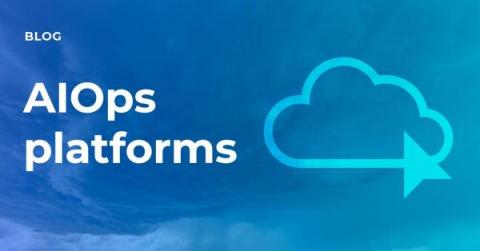You really like us: customer trust wins FireHydrant 3 G2 awards
FireHydrant received three G2 Winter 2023 awards — High Performer, a High Performer in the Enterprise category, and a High Performer in the United Kingdom. We are honored to be recognized by G2 because these awards are based on customer reviews.











